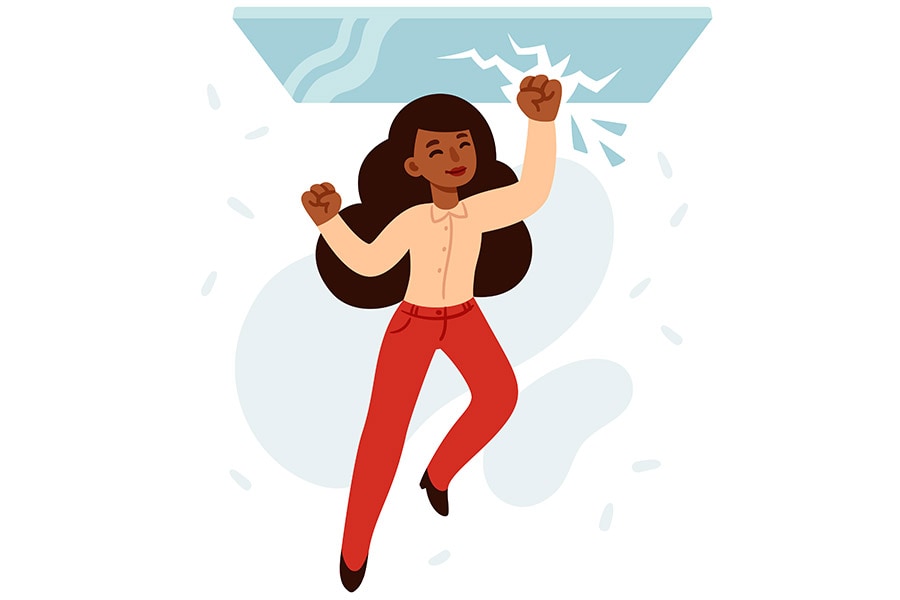
5 barriers to diversity and inclusion
Darden Professors Laura Morgan Roberts and Martin N. Davidson, experts in diversity and inclusion, shed light on some of the crucial barriers facing individuals and organizations
 Corporations and businesses are still lagging hard behind the pace of this change. Image: Shutterstock
Corporations and businesses are still lagging hard behind the pace of this change. Image: Shutterstock
There is no doubt that organizations have made strides toward greater diversity in the past decades. Between 1999 and 2019, the number of people of color in American workplaces grew by 26 percent.1 And for women, the trajectory is also trending upward. Statista and others report a solid growth in female leadership across politics and business, while in 2022 the number of female CEOs of Fortune 500 companies reached a record high of 44 women in the role of CEO.
But inequalities remain. And they are systemic. Studies reveal a slew of depressing statistics, among them:
- Just 36 percent of employees see their executive leadership as diverse.
- No more than 25 percent of Black employees feel fully included in the workplace.
- Women globally earn around 37 percent less than men.
The argument in favor of diversity and inclusion is robust. The benefits are clear. As our populations change, diverse groups of talent are emerging, and they are emerging fast. However, corporations and businesses are still lagging hard behind the pace of this change.
So what’s holding us back?
Darden Professors Laura Morgan Roberts and Martin N. Davidson, experts in diversity and inclusion, shed light on some of the crucial barriers facing individuals and organizations.
[This article has been reproduced with permission from University Of Virginia's Darden School Of Business. This piece originally appeared on Darden Ideas to Action.]







